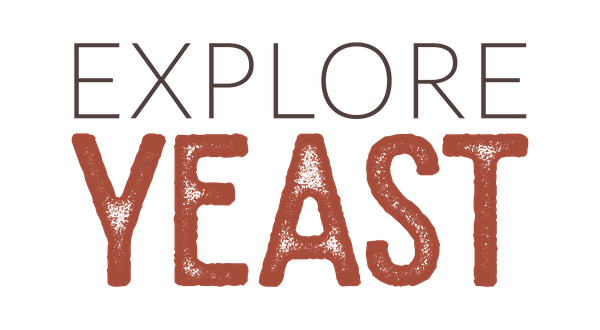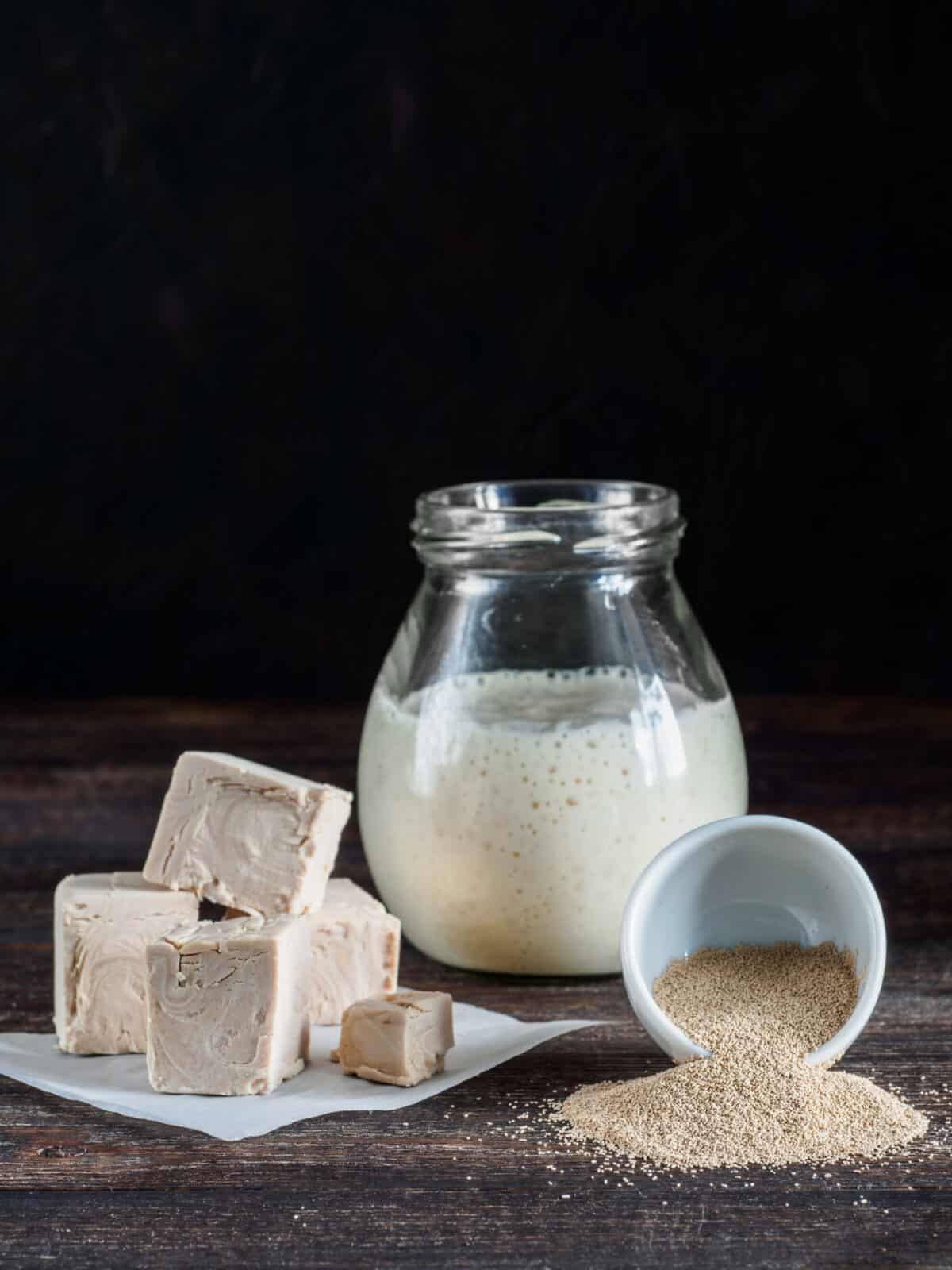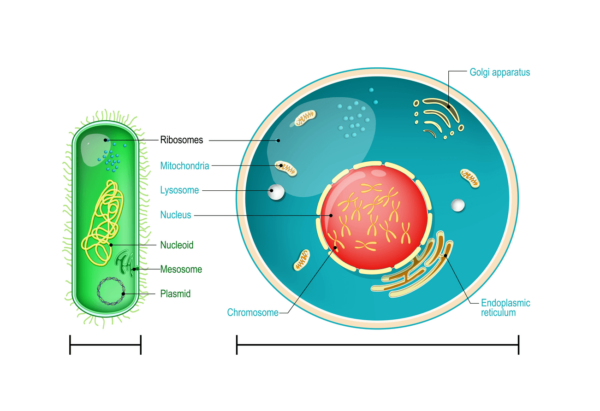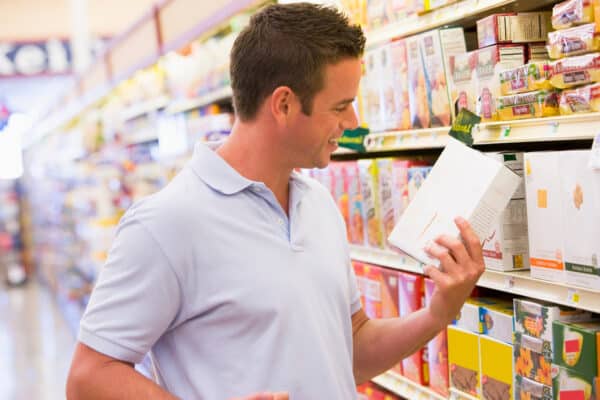1 – Yeast is a Fungus
Yeast is not a bacterium or a virus. It is a fungus and is in the same family as common mushrooms.
2 – Over 2,000 Species
There are now over 2,000 documented species of yeast, according to the reference site Theyeast.org. Most belong to the Ascomycota phylum. Many regions of the planet have not been sampled for yeasts, and the number of yeast species worldwide could be as high as 200,000.
3 – Yeast Is Everywhere
Yeast constitutes roughly 1% of all fungi on earth and fungi represent roughly 2.2% of all the biomass on earth. For comparison that is more than all the animals on earth. And much more than all humans (0.01%).
4 – Yeasts Are Much Older Than We Are
The first yeast is believed by scientists to have originated hundreds of millions of years ago.
5 – Yeast Can Survive Almost Anywhere
Yeast can survive in temperatures from -2 to 45 °C. This makes yeast resilient and able to live in a wide array of environments.
6 – We Are More Like Yeast Than Plants
While you may feel more of a connection with plants, scientists have discovered through computational phylogenetics comparing eukaryotes that yeasts are more closely related to us than to plants.2
It is estimated that the last common ancestor of man and yeast lived around a billion years ago, and we still share much of our genetic material. The human genome contains around 20,000 protein-coding genes, while the yeast genome has around 6,000. A pairwise comparison of genes between the species reveals 2100 ortholog groups, representing 2300 yeast genes and 3900 human genes.3
7 – Humans Have Been Using Yeast For 1 Million Years
The old saying goes that “dog is man’s best friend” but maybe we should say that “yeast is man’s best friend.”
New research suggests the use of organisms for fermentation could have come as early as a million years ago when early hominins possibly fermented fruits using yeast.4
The earliest known records of yeast being used for more traditional uses such as baking bread comes from Ancient Egypt in 1300–1500 BCE5 and China in 500–300 BC6.
Yeast’s use in beer brewing and wine making has been observed in Sumeria, Babylonia, and present-day Georgia as far back as around 6000 BCE.7
8 – Yeast is Essential to Wine Aroma
Researchers now believe that different yeasts used in winemaking are either directly responsible or serve as an unlocking mechanism for nearly eighty percent of all the aromatic compounds that we can smell in wine.8
9 – Yeast is Making the World More Sustainable
Renewable production of energy and fuels such as bioethanol, biodiesel, sustainable aviation fuels, and biogas are all possible through using yeast and fermentation!
10 – NASA Sent Yeast into Space
As you have seen above, we have much more in common with yeast than you may think. So much in fact that scientists decided to send yeast into space as a proxy for human cells to study how it reacts to radiation. They believe that by studying these results they will have a better idea of how humans will fare during longer space voyages.
NASA scientists have placed the strain Saccharomyces cerevisiae into a cartridge to fly on NASA’s BioSentinel mission. NASA considers S. cerevisiae an optimal stand-in for human cells because it repairs DNA damage, one major consequence of radiation, in a similar way to how human cells do.
Final thoughts
We have a lot more in common with yeast than one might think and there is even more that we can still learn from this wonderful microorganism. Yeast can help us to feed ourselves, as well as make the world more sustainable, and may even help us unlock the wonders of space travel!




